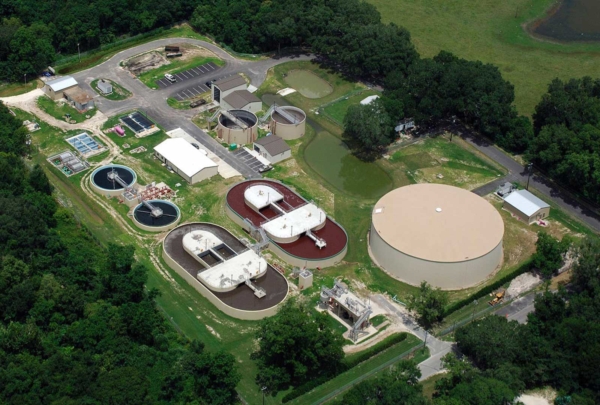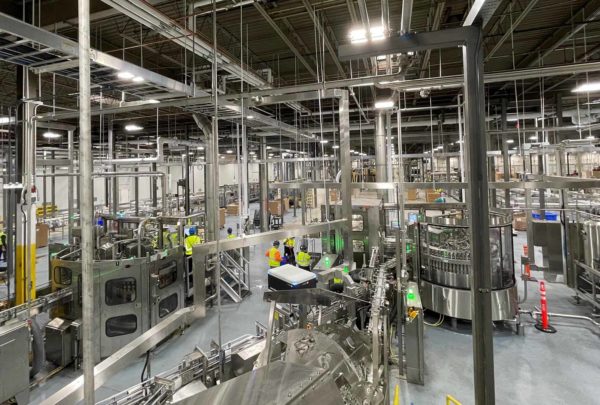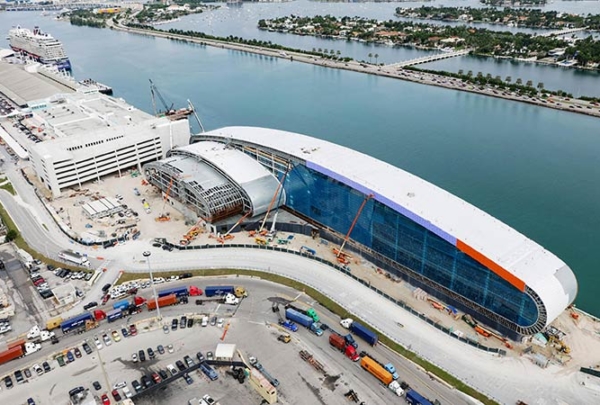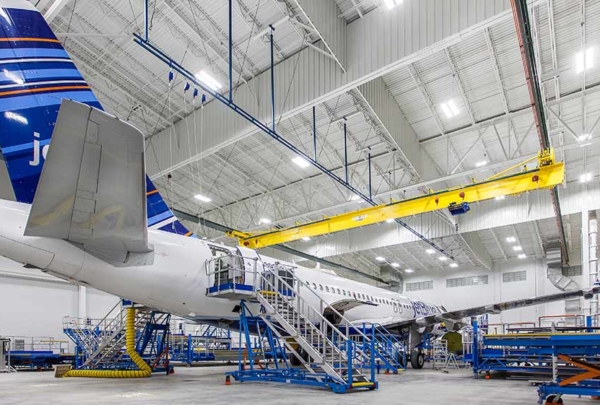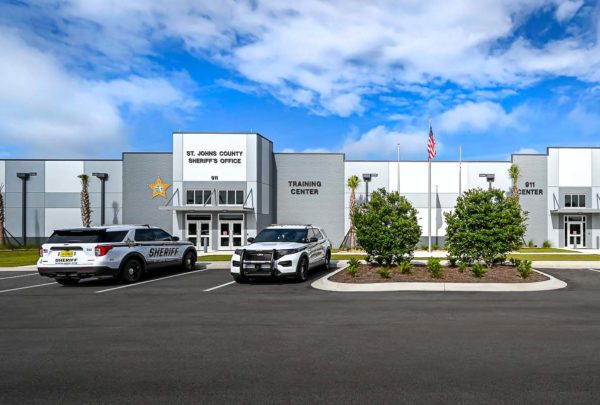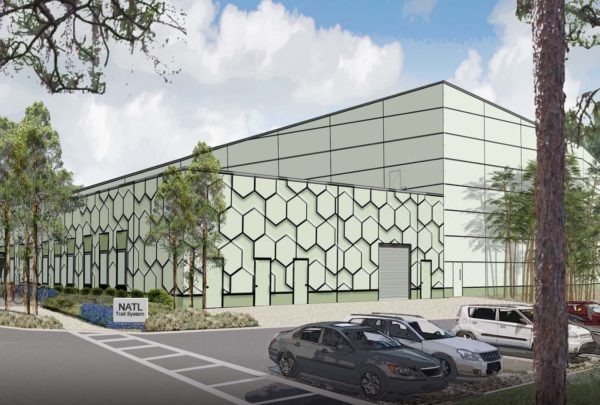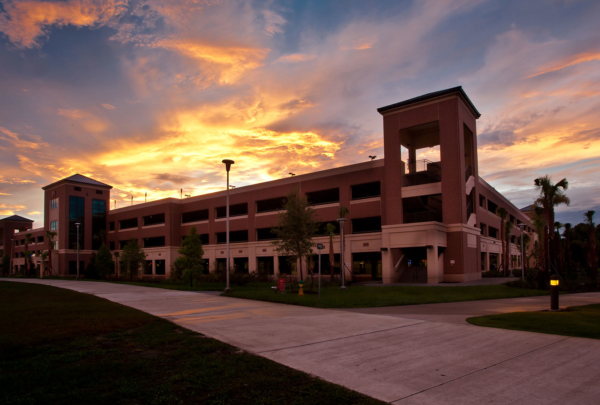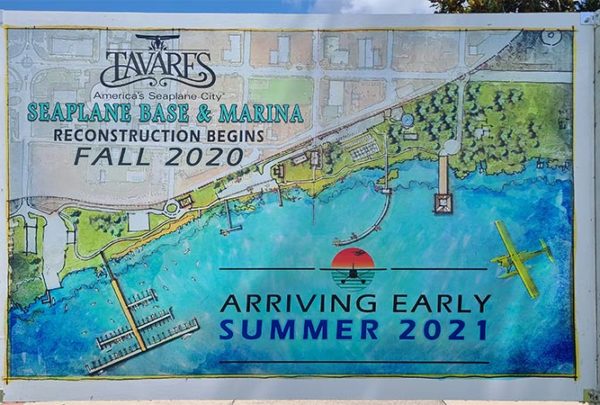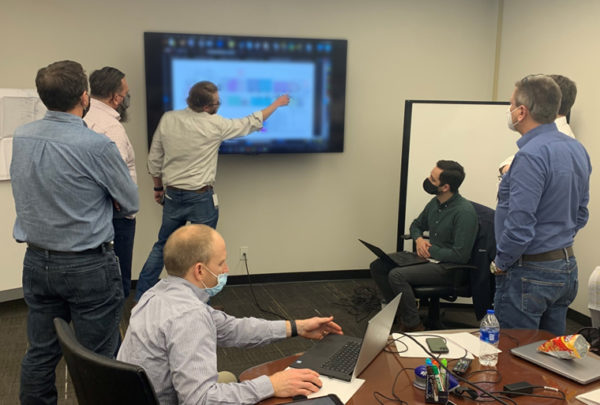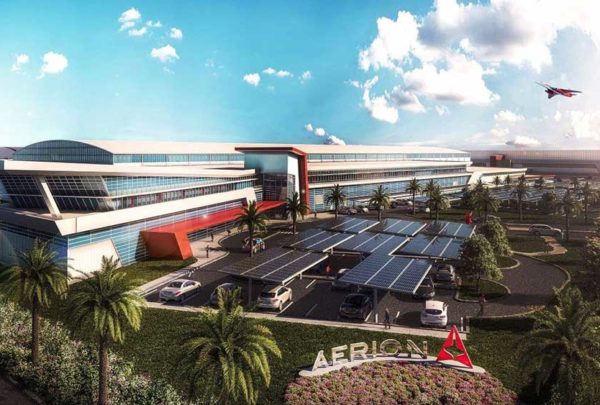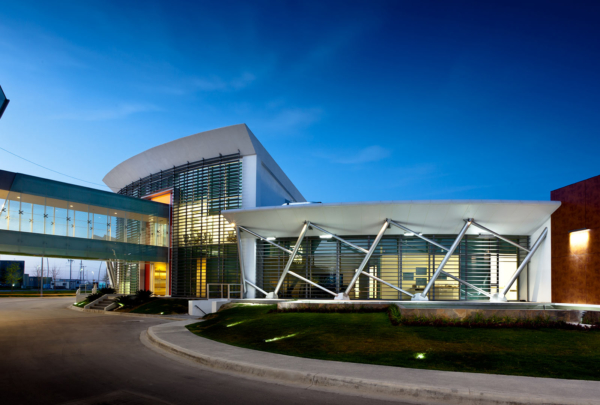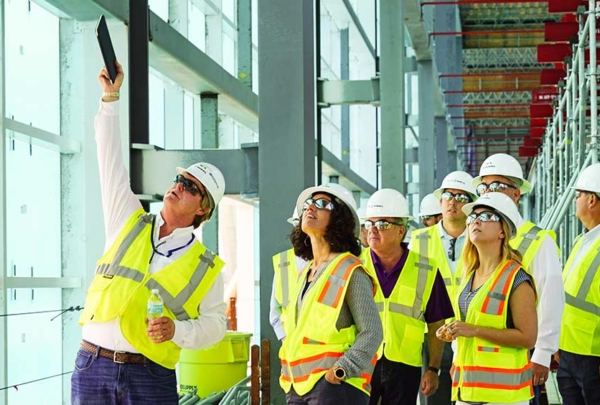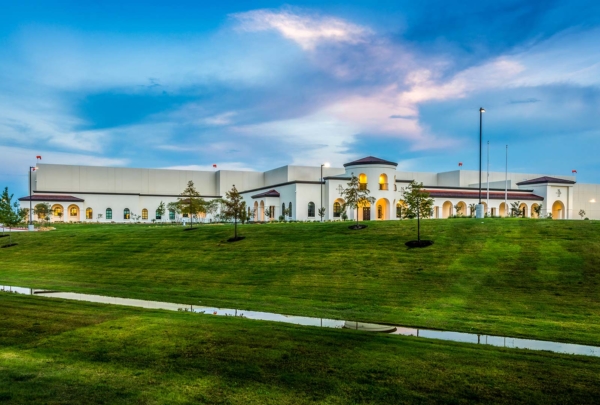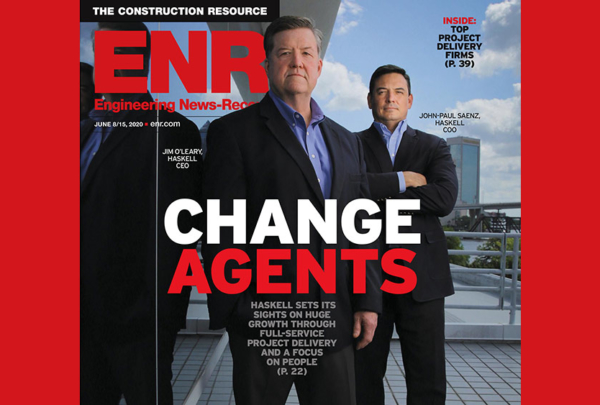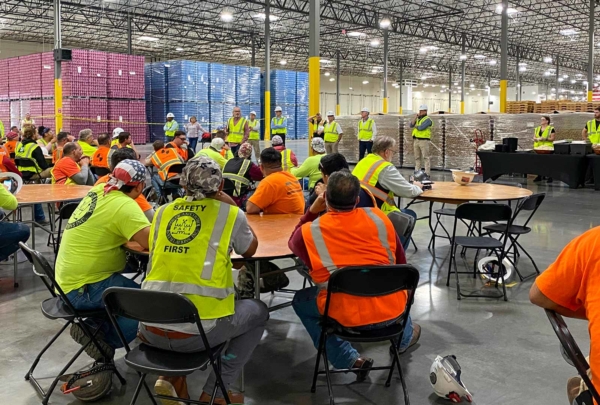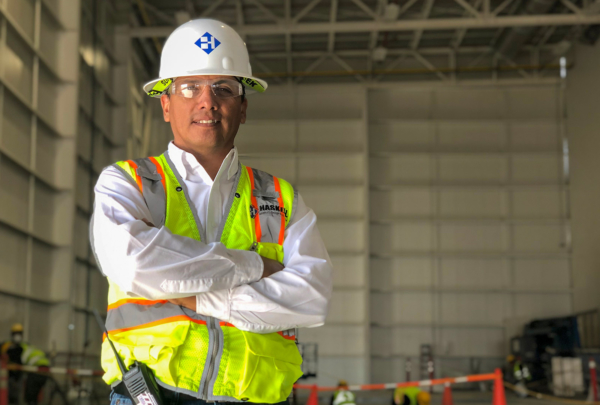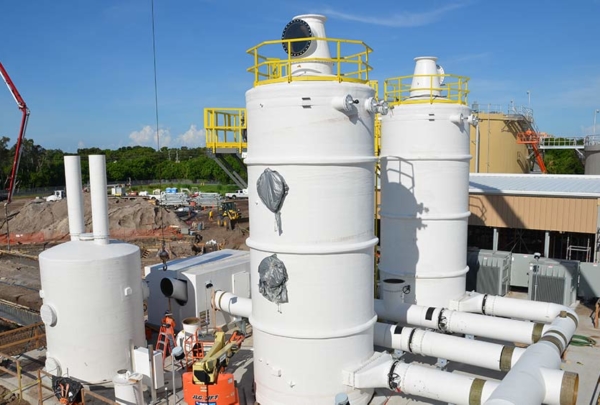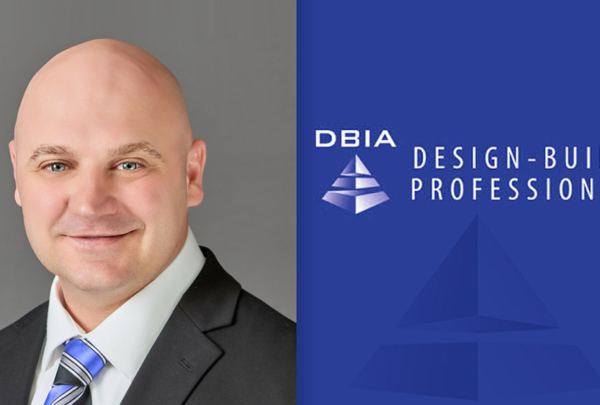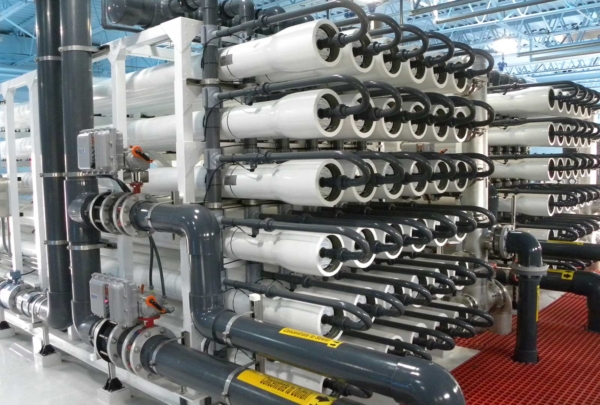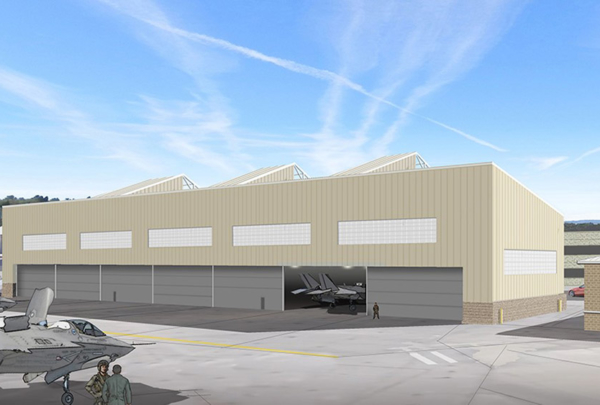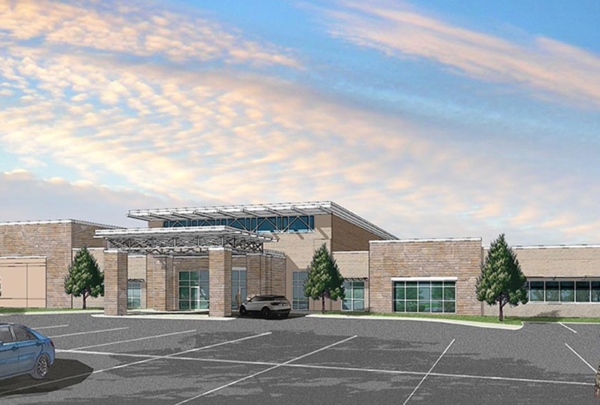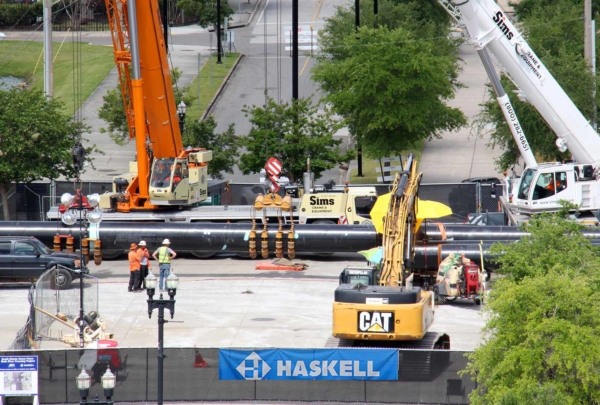It is well known that the economic conditions of the last few years presented enormous global challenges across multiple industries. Supply chains have been strained to their breaking point, the labor shortage is at an all-time high, and the cost of goods climbed to its highest levels. These uncertainties were (and still are) a moving target and pose unbelievable challenges, especially in the construction industry.
In early 2023, the Associated General Contractors of America (AGC) published their national construction outlook survey with an overwhelming response from companies anticipating project values to be higher than in 2022. In the same survey, 36% of owners canceled projects in 2022 with no plans to reschedule, citing rising construction costs for construction, financing, insurance, and the concern of an economic downturn.
According to the RS Means Construction Inflation Index, the effective inflation rate in the construction industry nationwide from 2018 through Q3 2023 was 34%, with 27% occurring since the start of 2020. Coupled with rising construction costs, lead times for mission-critical materials and equipment stretched to unpredictable lengths, putting project completion dates and project costs at risk.
We saw some material costs gradually decrease in late 2023, such as lumber, softwood lumber, iron, and steel, while other materials, such as concrete, continue to rise 14.8% higher than in 2022. Machinery and equipment also remained higher than in 2022 by approximately 12%.
A Look Ahead
Looking ahead, we can likely expect much of the same, but not everything is negative. Markets such as manufacturing, transportation infrastructure and clean-energy infrastructure have a positive outlook due to key pieces of legislation that have passed, including the Infrastructure Investment and Jobs Act (IIJA), the Inflation Reduction Act (IRA), and the Creating Helpful Incentives to Produce Semiconductors (CHIPS) Act.
Additionally, the Associated Builders and Contractors (ABC) Construction Confidence Index for sales and staffing remains above the benchmark of 50, translating to high growth expectations over the next six months.
One thing we can all agree on as we settle into this new norm is that engineering firms and contractors will continue to stay on top of market trends, protecting both their assets and the owners by offering various contract methodologies and an approach that will best suit a successful project. One strong option is to implement collaborative project delivery.
Choosing Collaborative Delivery
Collaborative delivery methods, such as Design-Build, Progressive Design-Build, Construction Manager at Risk (CMAR), and Construction Manager/General Contractor (CM/GC), plus a few variations, allow engineers, contractors and owners to work together in partnership to develop solutions rather than passing the problem onto someone else, as can occur in a design-bid-build approach. In collaborative delivery arrangements, alternative construction materials and equipment, site layouts and project sequences are explored to shorten lead times, reduce costs and mitigate risks while still meeting the specified standards.
One of the most impactful benefits of collaborative delivery is its cost transparency. This open-book nature provides visibility into all project costs, not just some. This allows the team to see behind the curtain, identify areas of opportunity and better forecast outcomes. Early and accurate knowledge of project costs informs and improves decision-making.
At the start of a collaborative delivery project, the contractor will prepare a procurement plan aligned with design milestones, identifying critical equipment and materials ideal for expedited procurement. The plan may also refocus the design development to an advanced level of certainty for specific components to mitigate lead time and/or inflation risks. The result of the plan highlights any required allocation of project funds needed for early procurement, months before having the design sufficiently complete to submit a total committed project cost.
Cost transparency is especially powerful during the preconstruction phase. Once the critical equipment and materials are identified in the procurement plan, they are competitively bid. The bids are then analyzed to ensure adherence to the design intent and compared between initial installation and long-term operational costs. Equipment and material lead times are also considered in this review. After a joint review of the analysis, purchases can be made to ensure schedule risk and further cost escalation are mitigated. These early purchasing decisions are made easier by preliminary estimating efforts that progress in parallel with design development, keeping an eye on the trajectory of the total project cost.
Planning for Success
During preconstruction, the construction schedule is also sequenced with the design schedule, procurement plan, permitting strategy, and construction phasing to absorb lead time and other schedule challenges and keep projects on track.
As the design continues to develop before construction starts, the team will also competitively bid and analyze all subcontracted and self-performed work required. Following analysis, the owner, engineer and contractor will make a joint selection based on best value, maintaining a holistic view of the overall budget and forecasted project costs. The bid analysis also allows the contractor to flush out any built-in subcontractor contingencies and manage them separately to reduce overall costs in the form of contingency on top of contingency.
Throughout construction, the contractor will provide frequent project cost updates. In collaborative delivery, project financials are reviewed regularly with transparent accounting that owners will not find in other delivery methods. These reports will calculate the project’s estimated cost at completion pending changes and communicate any ongoing or anticipated risks to the project. All scope changes and additions are granularly visible and produce real-time project budget updates. In all project phases, trending logs should be used to view and manage cost trends and their associated risks. Awareness of the overall budget trend again allows for informed decision-making.
At project closeout, any recognized savings below the contract price can be returned to the owner as shared savings. This incentive aligns all parties on the collaborative delivery team to the same goal and provides a mutual benefit. Shared savings might sound like a fairytale, but we can assure you it is a reality with a collaborative delivery approach.
Collaborative delivery aligns all stakeholders with the same goal: it establishes a culture of transparency, risk awareness and the desire to innovate for certainty of outcome. In these challenging times, the architecture, engineering and construction industry must remain vigilant and client-focused. Teams must continue working together more than ever, forming a partnership to get the project across the finish line. With all the variables out there, the benefits of collaborative delivery are unmatched by other methodologies. Why wouldn’t you choose to work as a collaborative, integrated team and de-risk your project?
 About the Author: Matt Williams is the Director of Business Development in Haskell’s Water Market. Matt excels at helping municipalities and private utilities provide clean water to their communities and responsibly handle wastewater. He earned his Bachelor of Science in Building Construction Management from the University of North Florida and recently celebrated his 14th anniversary with Haskell. Contact him and other Haskell project professionals to discuss your needs.
About the Author: Matt Williams is the Director of Business Development in Haskell’s Water Market. Matt excels at helping municipalities and private utilities provide clean water to their communities and responsibly handle wastewater. He earned his Bachelor of Science in Building Construction Management from the University of North Florida and recently celebrated his 14th anniversary with Haskell. Contact him and other Haskell project professionals to discuss your needs.
This article originally appeared in The Georgia Operator, the official publication of the Georgia Association of Water Professionals.

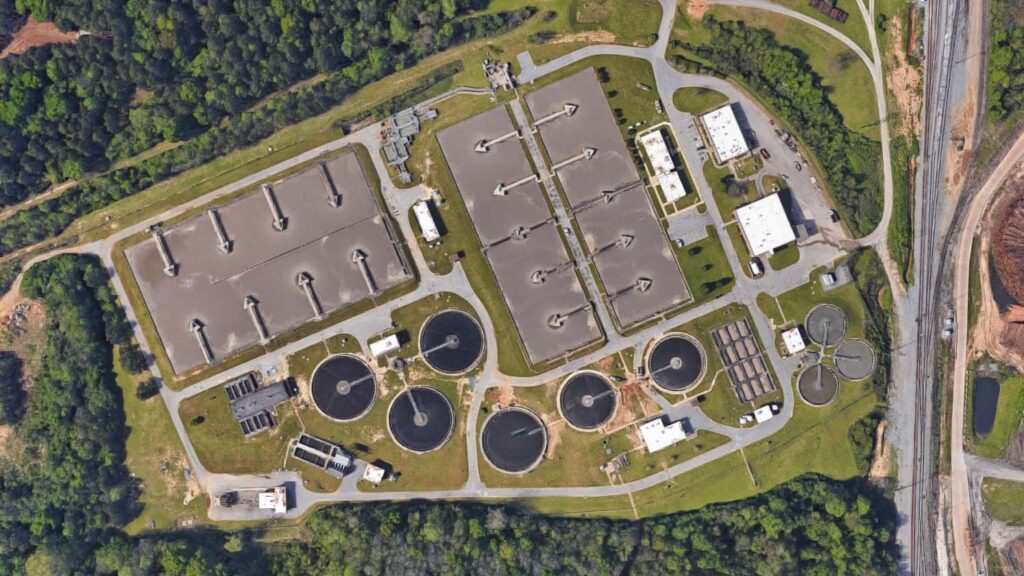
 About the Author: Matt Williams is the Director of Business Development in Haskell’s Water Market. Matt excels at helping municipalities and private utilities provide clean water to their communities and responsibly handle wastewater. He earned his Bachelor of Science in Building Construction Management from the University of North Florida and recently celebrated his 14th anniversary with Haskell.
About the Author: Matt Williams is the Director of Business Development in Haskell’s Water Market. Matt excels at helping municipalities and private utilities provide clean water to their communities and responsibly handle wastewater. He earned his Bachelor of Science in Building Construction Management from the University of North Florida and recently celebrated his 14th anniversary with Haskell. 

